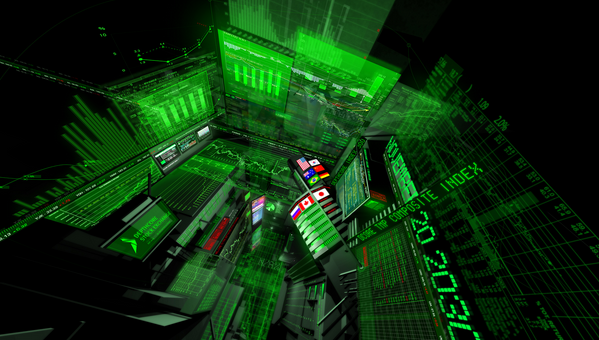Structuring Your Investment Portfolio – Gold, Self-Directed IRAs, 401ks, and More
 Investing is more complex than ever before. With so many different options available to you, the hardest part is getting started. We’re going to focus on the self-directed IRA and self-directed 401k environments. These enable greater control over your investments and provide you a wider range of options.
Investing is more complex than ever before. With so many different options available to you, the hardest part is getting started. We’re going to focus on the self-directed IRA and self-directed 401k environments. These enable greater control over your investments and provide you a wider range of options.
Let’s concentrate on the structure of your portfolio and how you should go about building upwards.
The Pyramid Structure
There are many structures in investing. Most of them seem to depend on your capital. We believe in safety first. Spread your risk across multiple types of investment. If the real estate market collapses tomorrow, you might lose the money you had tied up in it, but the money you had invested in gold and precious metals will be safe.
The pyramid structure works like this:
- Most of your capital is placed into a low-risk asset, such as gold.
- On the next level of your pyramid you have something more risky, such as stocks in large corporations.
- You steadily take on more risky assets as you go up, whilst reducing the amount of capital tied up in them. At the top of the pyramid, you might have penny stocks.
Does this Structure Always Work?
This structure can be applied to anyone with any amount of money. In some cases, it isn’t the best thing you could do. If you had $100,000, you could use the pyramid scheme quite easily. $50,000 would also work well.
Let’s say you only have a mere $5,000 to invest. This is where you have to consider either saving up money or opting for a riskier approach.
We still believe in spreading the risk, but you might want to avoid gold. Gold doesn’t have any major yields. It should only be used to hold your money and take it away from the harm of a fluctuating paper currency.
You should look to invest in something with a potential higher yield, which naturally comes with more risk. This is where the inherent danger of self-directed IRAs and investing in general comes in.
How Much Do You Want?
The structure you use really depends on what you want to achieve. Many people use their self-directed 401ks to provide a small and comfortable nest egg for themselves. It builds up over time and they start to delve into it after they retire.
Others want more from their investing. Self-directed IRAs can make you thousands of dollars through things like real estate.
Along with your goals, you have to consider how much of a risk you want to take. Some investors like to risk everything with the promise of greater success. You might be the type of investor who would feel devastated if they lost everything. Everything revolves around who you are and what you want.
Can Your Structure Change?
Your structure should change as you invest. You’ll take money out of the investment cycle to use for your own ends. You’ll also get to a point where your ideals will change.
Let’s say you make your target. You have enough money to accomplish what you want to accomplish. At this point, you might switch from a structure where everything is in a risky form of investment to a more traditional pyramid structure.
Another instance where it might be time to change is when the economy changes. During the economic crisis of 2008 onwards, investors opted for an ultra-conservative form of investing. They, rightly, didn’t want to take any risks in a volatile environment.
The best investors know when to change. This is something you can apply outside of your self-directed IRA, as well. Adapt to the situation and you’ll achieve more than you could have ever envisioned.
Author Bio:
Ashley is a freelance writer and blogger. She writes on a number of different subjects and topics.

Category: Investing






Something I would do, as a younger investor with maybe not so much to invest, I would first look into a traditional IRA or a Roth IRA. Just as a more reliable and easy to get going investment. Learn about how the IRA works at http://www.mutualfundstore.com/individual-retirement-account-ira. Even if you only have a little bit, you can get this going and really start saving for your retirement.